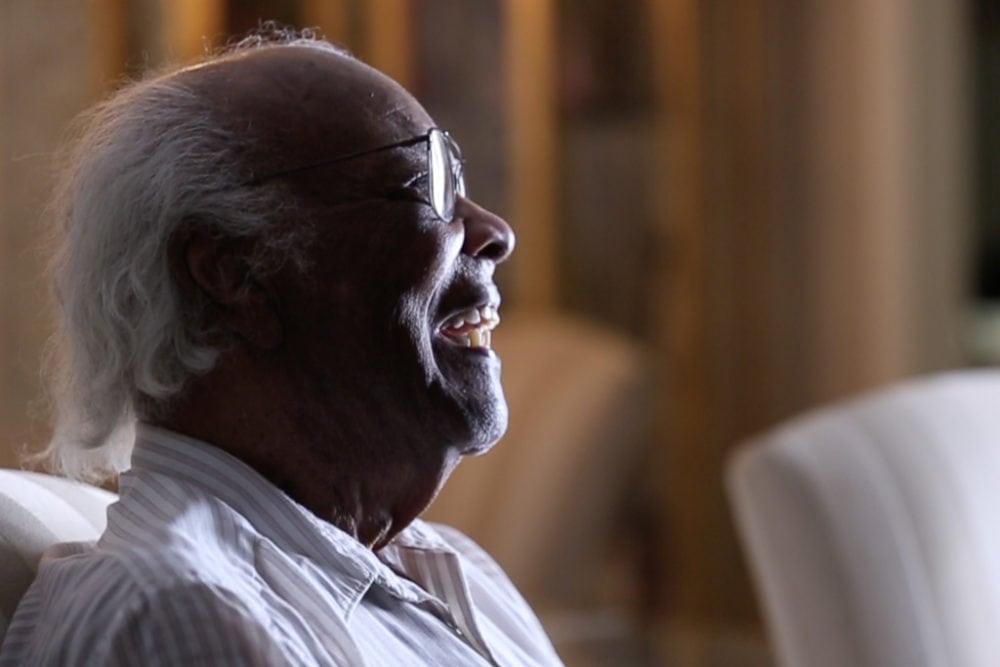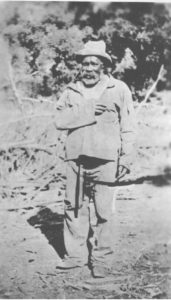New NPS Film Tells Story of California Mountain Previously Named a Racial Slur
This news story about the film ‘To Right a Wrong: The Story of Ballard Mountain’ is based on a February 25, 2022, National Park Service press release. You can read the original release here.
Like so many places across the United States, Ballard Mountain in California’s Santa Monica Mountains National Recreation Area was once known as a racial slur.
I will not repeat the previous name here, but I do want to share our support of these initiatives to remove offensive names from the American landscape. In 2022 America, there is no place for racist placenames.
A new film released by the National Park Service called To Right a Wrong: The Story of Ballard Mountain documents the community effort to change the name of this local peak in the Santa Monica Mountains, just outside of Los Angeles.
NPS Film Tells the Story of Ballard Mountain in the Santa Monica Mountains, Once Known as a Racial Slur
“The mountain was renamed in 2010 to honor the first Black family to homestead in the Santa Monica Mountains,” the National Park Service said.
In this new 13-minute documentary, the efforts of both local residents and historians to remove the offensive name from the mountain are highlighted.
The renaming of this mountain, situated south of Thousand Oaks and Agoura Hills, California, caused a ripple effect across the region. It eventually even reached the modern-day Ballard family, the descendants of John Ballard, whom the mountain is now named for.

John Ballard, Pioneer Black Homesteader in Santa Monica Mountains
A Black man from Kentucky, John Ballard arrived Los Angeles in 1859. He became active in civil affairs and co-founded the African Methodist Episcopal Church, the first of its kind in Los Angeles.
Two decades later, Ballard and his family moved 50 miles west to the Santa Monica Mountains, starting a farm on 160 acres of land. He was among the very first Black homesteaders in the area.

Eventually, the Ballard family homestead expanded and included a 2,031-foot peak in the mountains just south of Thousand Oaks and Agoura Hills.
Even though the family faced serious mistreatment because of the color of their skin—including the racist-inspired naming of the peak on their land—they survived, thrived and continued to distinguish themselves in the greater Los Angeles area over the decades.
You can read more about the history of the Ballard family and watch the NPS film here.
An Inspirational, Heart-Wrenching Film
The inspirational, heart-wrenching film chronicles the resiliency of a Black American family who overcame incredible hardships.
“So often people will give attention to something because it’s media worthy, but this was something that a group of folks thought was worthwhile,” said great, great grandson Ryan Ballard referring to the renaming effort. Ryan’s father, 96-year-old Reggie Ballard, was also extensively interviewed for the film.
Local historian and Moorpark College history professor Patty Colman and residents Paul and Leah Culberg were instrumental in making the name change happen. They chronicle their recollections in the film, along with SMMNRA park superintendent David Szymanski.
“Ballard Mountain is the untold story of an African American family’s experiences in the Santa Monica Mountains and the City of Los Angeles,” Szymanski said. “It is important because it reminds us of the unrecognized people who passed our cities and parks down to us.”
Funding for the project was provided by the Santa Monica Mountains Fund and the National Park Service.
The film was directed and filmed by Darius Dawson and edited by Austin Rourke, both alums of the American Film Institute in Los Angeles. It was written and narrated by Ana Beatriz Cholo, the public affairs officer for SMMNRA. Additional photography was provided by Kayla McCraren, the park’s visual information specialist.







